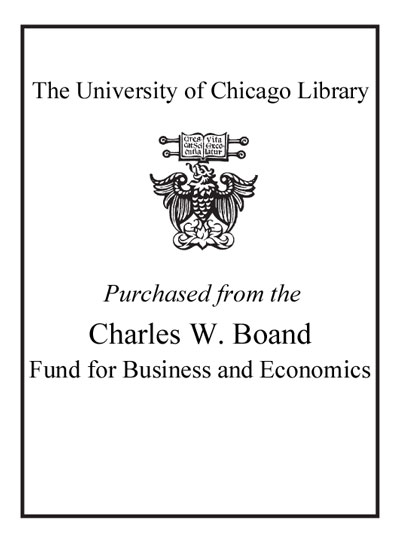The British working class, 1832-1940 /
Saved in:
| Author / Creator: | August, Andrew, 1962- |
|---|---|
| Edition: | 1st ed. |
| Imprint: | Harlow, England ; New York : Pearson Longman, 2007. |
| Description: | ix, 286 p. ; 24 cm. |
| Language: | English |
| Series: | Studies in modern history Studies in modern history (Longman (Firm)) |
| Subject: | |
| Format: | Print Book |
| URL for this record: | http://pi.lib.uchicago.edu/1001/cat/bib/6824338 |
Table of Contents:
- Acknowledgements
- Introduction
- Part 1. 1832-70
- Introduction: Britain in 1832
- 1. Forming the urban working class
- Migration
- Urbanization
- Housing and sanitation
- The family and community
- Conclusion
- 2. Labour in the 'factory age'
- Hours of labour
- Scale and technology
- Skill, sex roles and authority
- Industrial conflict
- Conclusion
- 3. Leisure and the urban worker
- Popular leisure in the early nineteenth century
- Early and mid-Victorian working-class leisure
- Repression and reform
- The limits of reform
- Conclusion
- 4. Working-class identity and politics
- Class and identity
- Politics and worker frustration in the 1830s
- Chartism
- Mid-Victorian radicalism and protest
- Resisting and manipulating the mid-Victorian state
- Conclusion
- Part 2. 1870-1914
- Introduction: Discontinuity in 1870?
- 5. The 'traditional' working-class community
- The working-class neighbourhood
- Housing and sanitation
- The family economy
- Conclusion
- 6. Control, conflict and collective bargaining in the workplace
- Employer initiatives and worker responses
- Gender and age
- Unionization
- The state and worker organizations
- Conclusion
- 7. Expanding leisure opportunities
- Informal leisure
- Commercial leisure
- Philanthropic leisure and self-help
- Conclusion
- 8. Class identity and everyday politics
- Complex identities
- Party politics
- Informal politics
- Conclusion
- Part 3. 1914-40
- Introduction: The working class and the Great War
- 9. Old and new working-class communities
- Population
- Migration
- Housing
- Health
- Family economies and communities
- Conclusion
- 10. Unemployment, dislocation and new industries
- Growth and unemployment
- Employer initiatives in the workplace
- Unions, conflict and the state
- Conclusion
- 11. Cinema, dance hall and streets
- Informal leisure
- Commercialized leisure
- Associations, clubs and the regulation of leisure
- Conclusion
- 12. Patriotism, politics and identity
- Patriotism, nationalism and empire
- Formal and informal politics
- Conclusion
- Conclusion: Change and continuity
- Epilogue
- Bibliography
- Index

